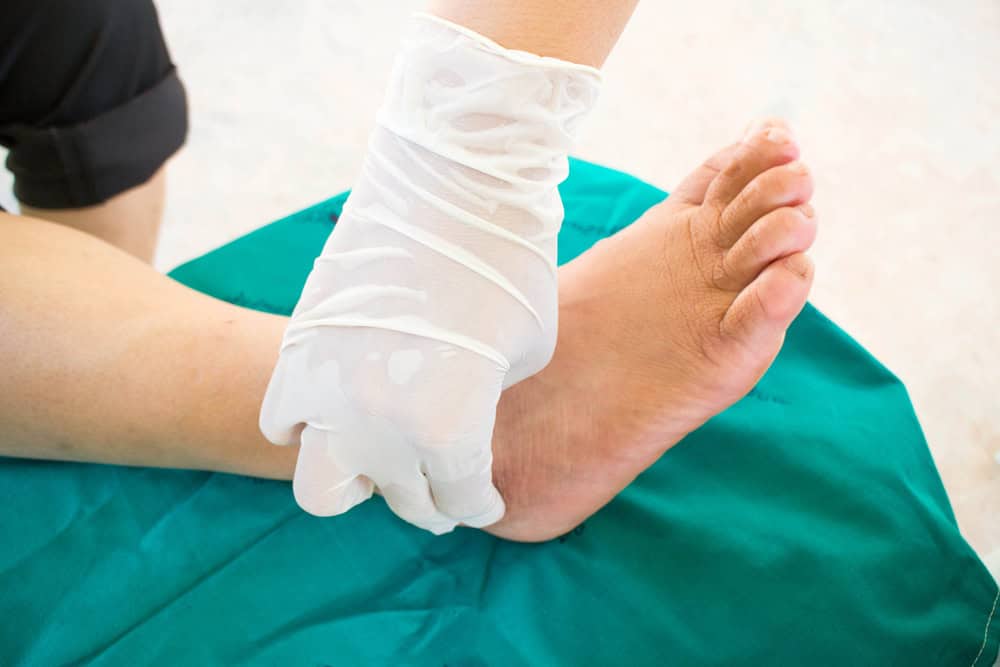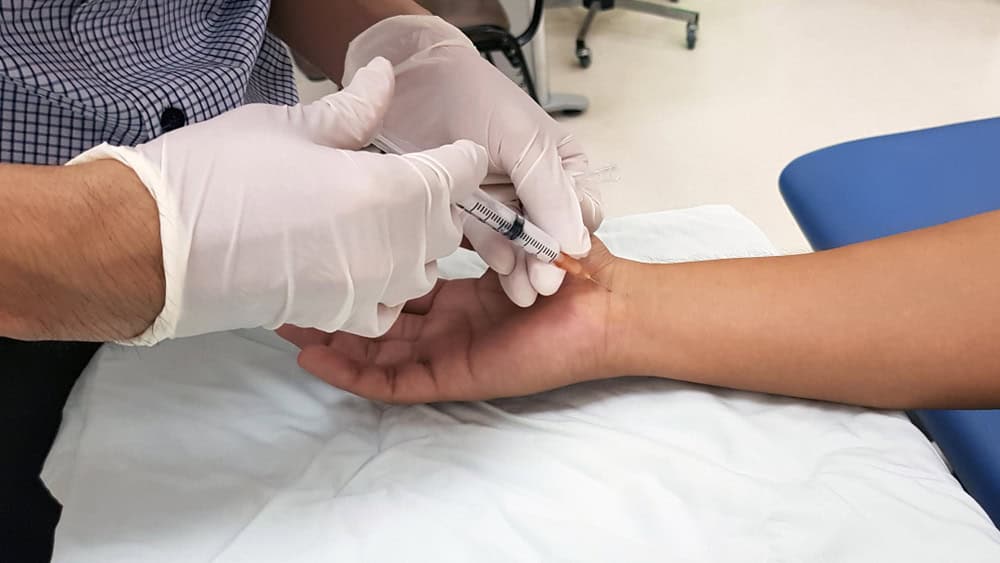Seeking relief from chronic nerve pain? At NY Spine Medicine, our neuropathy doctor provides treatments to address peripheral neuropathy and reduce nerve damage symptoms, helping you regain mobility and comfort.

Reviews

At NY Spine Medicine, our Howard Beach, NY neuropathy doctor provides targeted care for peripheral neuropathy and chronic nerve pain treatment. We use advanced diagnostic tools to assess nerve function and develop treatment plans that are designed to meet each patient’s unique needs.
Our approach to nerve damage treatment includes nerve conduction studies, EMG testing, physical therapy, and nerve stimulation therapies to improve mobility and minimize symptoms. No matter the severity of your condition or the cause, our neuropathy specialists in Queens are ready to help you find relief and regain control of your daily life.


Ready to get started?
Living with peripheral neuropathy or chronic nerve pain can make everyday tasks difficult, but the right treatment can help you regain comfort and mobility. At NY Spine Medicine, our neuropathy specialists in Queens focus on identifying the root cause of nerve damage and creating personalized treatment plans to manage symptoms.
We use advanced therapies such as nerve stimulation, regenerative medicine, and physical therapy to target the effects of neuropathy and help restore function. Don’t let nerve pain take control of your life; find lasting relief with NY Spine Medicine today. Schedule an appointment with our Howard Beach, NY neuropathy doctor to get started.

Howard Beach was established in 1897 by William J. Howard, a Brooklyn glove manufacturer who operated a 150-acre (61 ha) goat farm on meadow land near Aqueduct Racetrack as a source of skin for kid gloves. In 1897, he bought more land and filled it in and the following year, built 18 cottages and opened a hotel near the water, which he operated until it was destroyed by fire in October 1907. He gradually bought more land and formed the Howard Estates Development Company in 1909. He dredged and filled the land until he was able to accumulate 500 acres (200 ha) by 1914. He laid out several streets, water mains and gas mains, and built 35 houses that were priced in the $2,500-$5,000 range.
The Long Island Rail Road established a station named Ramblersville in 1905 and a Post Office by the same name opened soon thereafter. A casino, beach, and fishing pier were added in 1915 and the name of the neighborhood was changed to Howard Beach on April 6, 1916. Development continued and ownership was expanded to a group of investors who sold lots for about $690 each starting in 1922. Development, however, was limited to the areas east of Cross Bay Boulevard near the LIRR station now known as Bernard Coleman Memorial Square (then Lilly Place). The rest of Howard Beach consisted of empty marsh land except for the area to the south of Coleman Square, centered around Russell St. and 102nd Street, which consisted of many small fishing bungalows that dotted alongside Hawtree Creek and Jamaica Bay. This area of Howard Beach would retain the name “Ramblersville.” Despite its close proximity to the Howard Beach station at Coleman Square, the LIRR would establish a station a quarter of a mile south down the line at Hamilton Beach in 1919.
After World War II, Queens and Long Island went through a major suburban building boom leading to the marsh land west of Cross Bay Boulevard to be filled in. This led to the development of many Cape-Cod and High-Ranch style houses on 50-by-100-foot (15 by 30 m) and 60-by-100-foot (18 by 30 m) lots. This area was developed as “Rockwood Park” to the north and “Spring Park” to the south, together comprising what would be known as “New Howard Beach”, while the area east of the boulevard became known as “Old Howard Beach.” In the early 1950s farm land north of Rockwood Park was developed with the building of many red-bricked two-story garden style cooperative apartments along with some six-story co-op and condo apartment buildings. A number of private two-family houses were also built in this neighborhood, which was named Lindenwood. The various neighborhoods continued to be developed through the 1960s and 1970s as Cross Bay Boulevard became the area’s main shopping district. During the 1990s and 2000s, there was further high-scale development as many of the area’s old houses were torn down and replaced with upscale million-dollar mini-mansions.
Learn more about Howard Beach.Local Resources